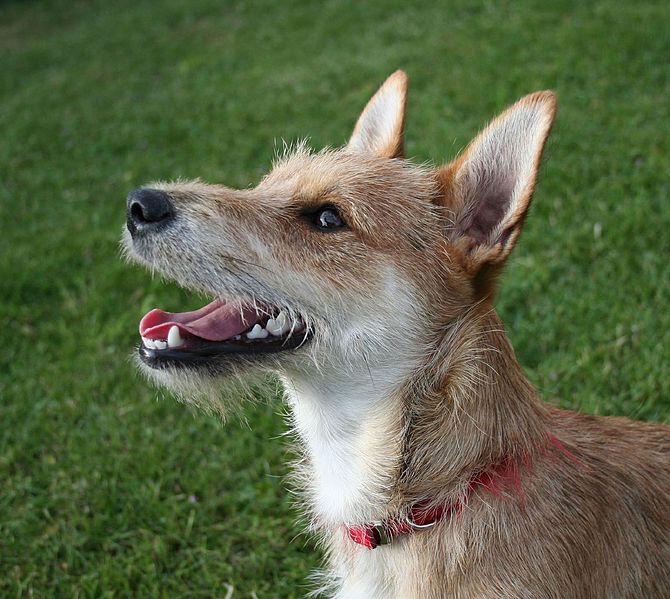
Category: Mammals

Dogs have been domesticated by man longer than other species: genetic evidence tells us that the modern domesticated dog diverged from its extinct Eurasian ancestor around 40,000 years ago! Over this large swath of time, dogs have arrived in their myriad modern forms through a combination of natural selection in feral populations and selective breeding by humans for a vast spectrum of physical, behavioral, and sensory traits. This variety of purpose and temperament can be observed in the multitude of “jobs” and roles dogs fill in human lives, from guardian and helper to guide for the blind – we have shaped their evolution and they have shaped ours.
Related Dog Breeds:

Bats: The Only True-Flying Mammal
Bats, the only mammal capable of true flight, are not blind - their eyes are just fine, thank you very much. But instead of eyes, most bats rely on an incredibly fine-tuned sense of hearing when they fly and hunt. Using a technique called echolocation, they emit high-pitched calls (usually above the range of human hearing), using the echos that are reflected back to them as a means of navigation and locating objects. The ears, auditory cortex, and (in a few cases) even noses of some bats are extraordinarily specialized for echolocation; there are even bats that have adapted the frequency of their calls to frequencies above or below what their favorite prey can hear!
Learn more >>
 Discover Animals is a web-based educational resource offered by the NAIA
Discover Animals is a web-based educational resource offered by the NAIA